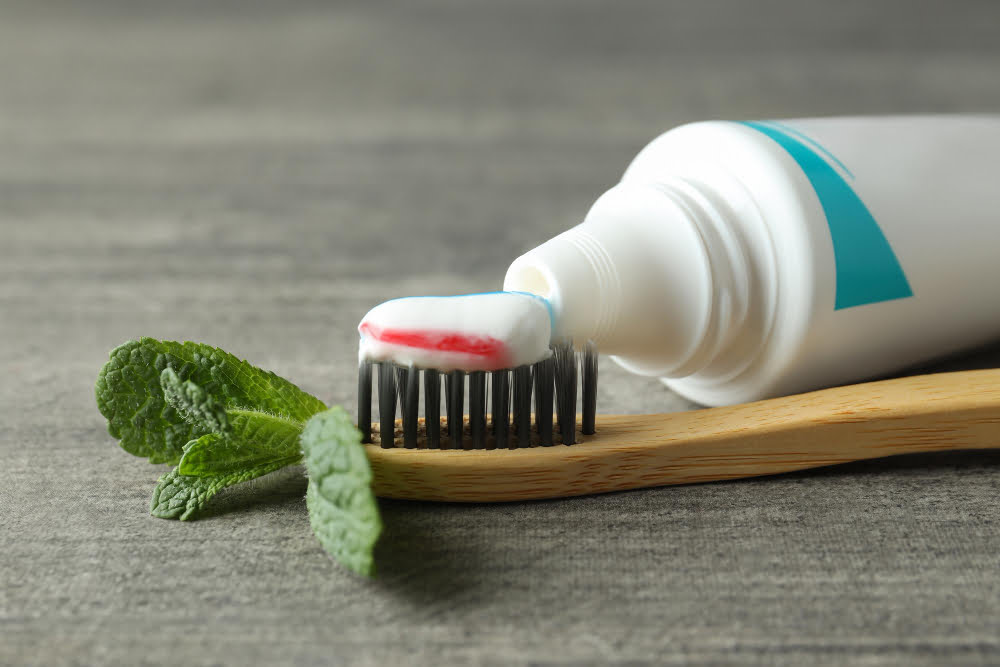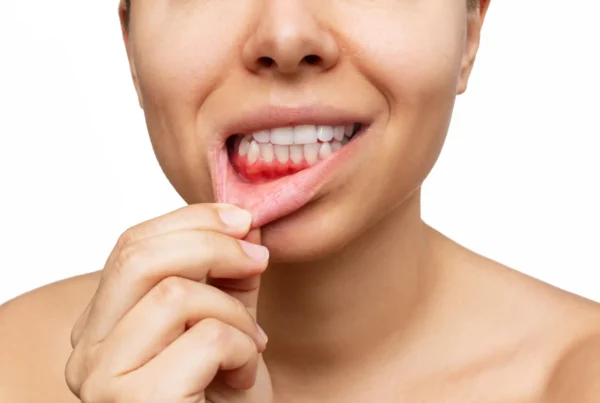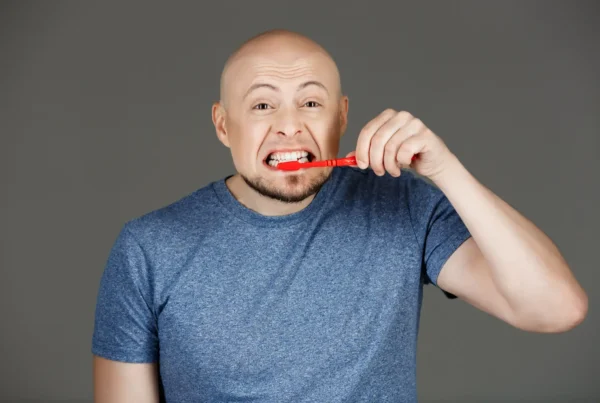Struggling to choose the right toothpaste?
If you’re looking to effectively remove stains but want to protect your enamel, one key factor to consider is the RDA value. But what does RDA actually mean? Is it linked to how well a toothpaste works? What are the differences between high- and low-abrasion toothpastes? Here’s everything you need to know to make the right choice.
What does RDA mean in toothpaste?
RDA stands for Relative Dentin Abrasivity. It’s a scale that measures how abrasive a toothpaste is on dentin—the layer beneath your enamel. The higher the RDA number, the more abrasive the formula.
The American Dental Association classifies toothpastes as follows:
- RDA below 70 – low abrasion, safe for daily use
- RDA 70–100 – medium abrasion, generally safe
- RDA 100–150 – high abrasion, long-term use may harm enamel and dentin
- RDA 150–250 – very high abrasion, not recommended for sensitive teeth
What RDA should your toothpaste have?
That depends on your oral condition and cleaning goals. RDA is influenced by the amount and type of abrasive agents like silica, calcium carbonate, or calcium hydroxide used to remove plaque and surface stains.
Toothpastes with RDA over 100 – highly abrasive
A higher RDA doesn’t necessarily mean better cleaning. In fact, long-term use of highly abrasive toothpaste can weaken enamel, expose dentin, increase sensitivity, and lead to micro-scratches. These areas then become prone to more plaque and tartar buildup. If you use such products, alternate with a remineralizing toothpaste to protect your teeth.
Toothpastes with RDA below 70 – gentle and safe
Low-abrasion toothpastes are effective too—especially when they contain enzymes like bromelain or glucose oxidase, which break down protein-based stains. These pastes are enamel-friendly and often include hydroxyapatite to help strengthen and rebuild tooth surfaces. Some also contain carbamide peroxide, a whitening agent that transforms into hydrogen peroxide to oxidize stains.
Read more: The best toothpastes for kids
Which RDA level is right for you?
Low RDA – for everyday use
Toothpastes with low abrasiveness are suitable for daily use by anyone, especially those with tooth sensitivity, exposed roots, or gum issues. They help maintain oral health without compromising enamel.
Medium RDA – for stain prevention
These pastes are ideal for people trying to maintain natural tooth color and prevent daily staining from food or drinks. They clean effectively without being overly aggressive.
High RDA – for heavy staining (occasional use only)
If you’re a smoker or a former smoker and want to remove stubborn stains, a toothpaste with a high RDA (100–150+) might be helpful. But these products should not be used daily, especially if you have sensitive teeth or gums.
Are polishing toothpastes safe?
Polishing pastes often have an RDA between 190–200, meaning they are very abrasive. They should not be used every day—only a few times per week—and always in rotation with gentler formulas.
Whitening toothpastes and RDA
Most whitening pastes have an RDA above 100. However, there are options with medium abrasion that are still effective, thanks to ingredients like enzymes that help lift stains without physical scrubbing.
Is RDA above 250 safe?
No. RDA values over 250 are considered dangerous to enamel. These toothpastes can cause permanent damage if used regularly. Stick to occasional use only, and rely on standard toothpastes for daily hygiene.
Where to find the RDA value?
Unfortunately, manufacturers are not required to list RDA values on packaging. Some do, but many don’t. If RDA isn’t printed on the box, you can try searching online or contact the manufacturer directly. When in doubt, ask your dentist for guidance.
Is RDA the only cause of enamel erosion?
Definitely not. Enamel wear can also result from:
- Incorrect brushing technique
- Using the wrong toothbrush
- Brushing too hard
- Malocclusion or missing teeth
- Bruxism (teeth grinding)
- Acidic diet
We recommend using a sonic toothbrush like the beginner-friendly Smilesonic GO, which is gentle and effective.
In summary:
When choosing toothpaste, pay attention to RDA values, especially if you brush frequently or use an electric/sonic toothbrush. Toothpastes with low RDA are safe and effective for daily use, while high RDA formulas should be used with caution. For the best care, choose a product that suits your individual needs—and consult your dentist if you’re unsure.






